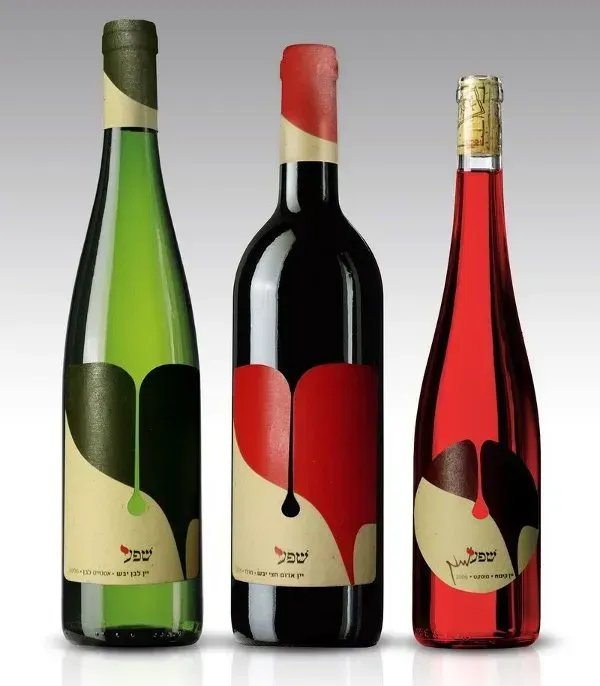The New Vintage: How Wine Became France’s Living Heritage

🍇 A New Era for the Vine
In the wake of post-war industrialization, French wine entered a paradoxical age — both mass-produced and increasingly refined. By the late 20th century, viniculture faced new pressures: globalization, changing consumer tastes, feminist critique, and the rise of health-conscious attitudes. Wine, once the staple of factory workers, found itself at a crossroads.
🌍 Global Pressures and Local Pride
The growing influence of New World wines (from Australia, the U.S., Chile) challenged French dominance. French vintners responded by doubling down on what made their wines unique: terroir. The concept — rooted in soil, climate, and tradition — became a badge of cultural identity. Appellations were protected like national treasures.
At the same time, marketing entered the vineyard. Labels became storytelling tools. Regions like Beaujolais, Rhône, and even lesser-known micro-producers near Lyon learned to balance authenticity with appeal.
🍷 Wine, Women, and a Changing Culture
Historically male-dominated, the wine world began to shift. Female oenologists and sommelières claimed space in both cellars and tasting rooms. Women were no longer just serving wine — they were shaping it. Still, social expectations around gender and wine consumption persisted, and were sometimes challenged in public discourse.
📉 Decline, Debate, and Reinvention
Despite its cultural status, wine consumption in France declined dramatically — from over 100 liters per capita in the 1960s to under 40 liters today. Campaigns like “L'Alcool Tue” (Alcohol Kills) echoed changing attitudes. Some feared wine would lose its soul, others embraced a leaner, more conscious future.
🌿 A Return to Nature
In response, new movements emerged: biodynamic vineyards, natural wines, and zero-sulfite vintages. These aren’t fads — they’re part of a philosophical return to wine as living heritage. Across regions from the Beaujolais hills to the Côtes du Rhône, vignerons are rethinking everything: from pesticides to packaging.
Young producers, often educated abroad but rooted in family lands, are reinvigorating the industry. Many speak English, embrace climate activism, and blend innovation with tradition. Wine becomes again what it always was — a story of people and place.




